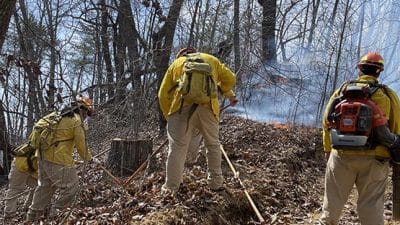Water damage has the power to cause severe disruptions for businesses, households and organizations.
Everyday tasks and comforts we take for granted may be rendered impossible, leaving you struggling to stay in your own property on a temporary — or potentially permanent — basis.
Common causes of water damage include:
- Leaking appliances (such as dishwashers, refrigerators / freezers)
- Overflowing bathtubs or toilets
- Poor plumbing maintenance
- Flooding from excess rainfall
- Storm damage
- Sewage backups
- Structural defects allowing rainwater inside
Each of these may have devastating consequences — and, in extreme cases, lead to the formation of mold with potential health risks. Trying to clean up water damage, remove mold and return your property to a safe condition can be extremely difficult, especially if you have no experience or training.
Water damage restoration is a service numerous firms perform, designed to restore domestic and commercial properties to a liveable state. But what does it involve?
#1. Performing the assessment
First and foremost, you should invest time researching the best water damage restoration specialists in your area. Choose one with experience and the proper credentials to ensure top results.
The professionals you hire will begin the process with a comprehensive assessment. This involves determining the category of water responsible for the damage: clean (the safest), grey or black (the most unsanitary and harmful).
Identifying the type of water empowers water damage restoration specialists with the insights they need to create the most effective clean-up strategy.
#2. Extracting the water
Removing the water is obviously a core part of the entire process, and the right equipment is essential.
Strong pumps and vacuums must be utilized to extract water as quickly, safely and efficiently as possible. A good, experienced team has undergone in-depth training to get the most out of its equipment, in all situations.
It’s vital to avoid causing structural damage to the property if its integrity has been compromised by the water at this stage.
#3. Dehumidifying the property
Once the majority of water has been extracted from the domestic or commercial property, all residual water confined to nooks and crannies will be removed if necessary. Powerful fans and dehumidifiers evaporate moisture from target areas, helping the air to stay dry.
#4. Sanitizing the area
Any appliances, pieces of furniture and areas affected by the water-damaged property must be cleaned properly.
Any items which have been damaged so badly they cannot be salvaged or pose a health risk should be disposed of. Antibacterial treatments can destroy potentially-harmful microbes and reduce the potency of bad odors.
#5. Finishing with restoration
Water damage restoration ends with taking steps to return the property to a usable, comfortable condition. This may involve plastering damaged walls, painting, replacing drywall and other tasks as required on a case by case basis.
Conclusion
This process is long, involved and impractical for the majority of untrained, inexperienced individuals to attempt independently. It’s vital to hire experts you can trust to perform the work properly, but make sure to research local companies to find the most reliable team in your area.
With enough care and attention, your property can be restored to its former state. All viable precautions should be taken to reduce the risk of floods in the future, preventing water damage instead of curing it.










